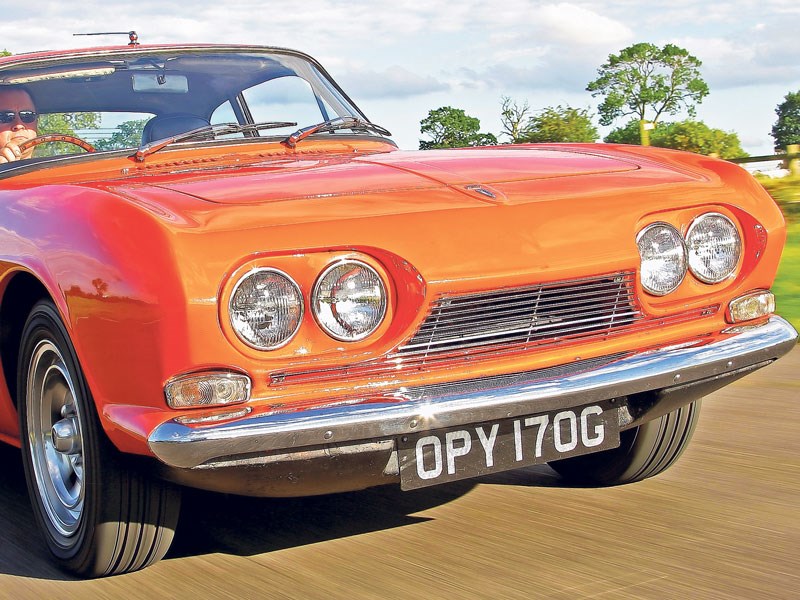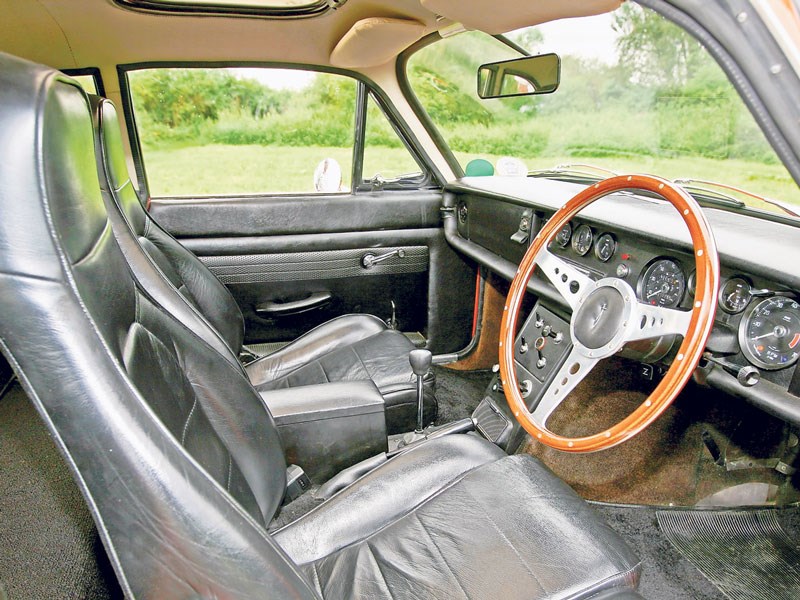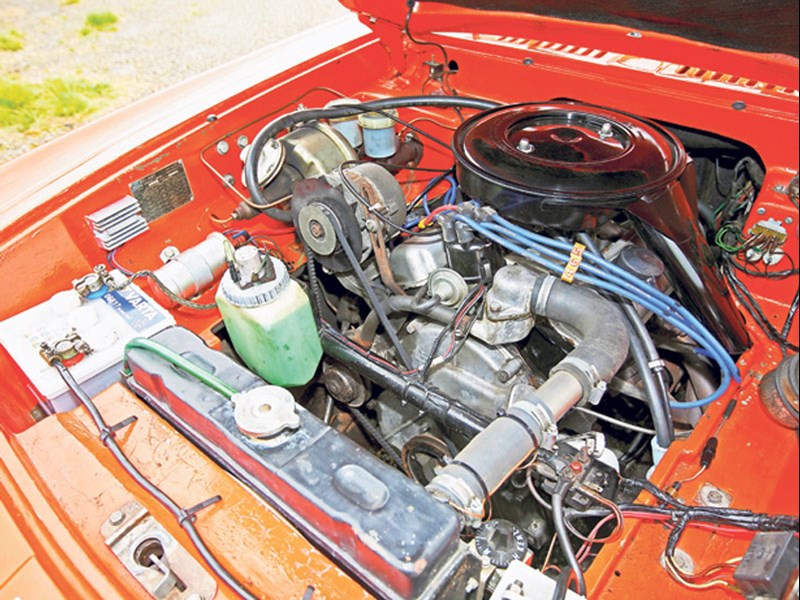With power, style and poise, we discover that life in plastic is fantastic
With the Sabre Six beginning to look long in the tooth by the early 1960s, a replacement was on the cards. It was fortuitous then, that Ray Wiggin, Managing Director of Reliant, chanced upon an Ogle SX250 at the 1962 motor show. Made from GRP and echoing the lines of the Daimler Dart, it was exactly what Reliant was looking for. Two years later, the design was adapted to accept the chassis and running gear of the Reliant Sabre, along with a Ford 2.6-litre engine, before being unveiled to the market in 1964. Lusty, powerful and handsome, it received good reviews from the motoring press.
VITAL STATISTICS
RELIANT SCIMITAR GT SE4
Engine 2553cc/6-cyl/OHV
Power (bhp@rpm) 120bhp@5000rpm
Torque (lb ft@rpm) 140lb ft@2600rpm
Top speed 117mph
0-60mph 11.4sec
Consumption 23mpg
Gearbox 4-speed manual
WHAT TO LOOK FOR
BODYWORK & CHASSIS
Unusually, the SE4’s bodywork was made entirely of GRP. While this means rust will be less of a problem compared to its rivals, it does throw up its own set of problems. Plastic tends to flex a lot more than steel, so paintwork should be your first point of inspection.
Cracking is common on cars that have been poorly re-sprayed. Split or flaking paintwork is bad news and could be the result of a half-hearted repair. If left exposed to sunlight or extremes of temperature, bodywork can warp. The best way to check this is to have it driven away from you. If it looks a bit uneven or crabs sideways then tread carefully – it can cost a fortune to put right. Similarly, be wary of cars that require a repaint – a decent job can be prohibitively expensive.
ENGINE
The 2.6-litre, four-cylinder engine used in the SE4 was sourced from the Ford Zodiac (but with the addition of triple SU carburettors) and is a strong and reliable unit, providing it is well cared for. Ensure that oil and coolant levels are adequate and check the history file for evidence of regular servicing. The engine uses a cast iron head in an overhead valve arrangement, so tappets are easily set. Be more concerned by any knocking noises or blue smoke under acceleration. White smoke under load is bad news as well, and suggests that water may be mixing with the oil due to head gasket failure. Check the oil filler for mayonnaise and the header tank for an oily film. Check too for an up-rated cooling fan and allow the car to heat up, making sure that the thermostat kicks in. If this doesn’t happen, then assume the car has overheated recently. Coupés rarely overheat, but when they do it is usually a result of poor maintenance and a damaged radiator.
RUNNING GEAR
The suspension and running gear is simple but effective, utilising coil springs and wishbones at the front and coil springs and trailing arms at the rear. Front suspension has a tendancy to drop, so make sure the car appears to be sitting level. Rear dampers tended to wear out quickly in early cars, but this problem was addressed in cars built after October 1965. Girling discs at the front and drums at the rear were spongy, even when new, so don’t let this put you off. Watch for any juddering under heavy braking, as front discs can warp if put under too much stress. Check that the steering doesn’t seem too heavy, it can be a sign that the trunnions haven’t been greased regularly.
Take the car up to speed and make sure the overdrive is functioning properly – cruising can be a chore without it.
INTERIOR
Many of the interior and electrical components were cannibalised from other models, so don’t be surprised to see a mish-mash of parts that don’t quite fit. The sun visors actually foul the rear-view mirror when you pull them down.
Early cars will have a headlamp dimmer switch on the floor – check this hasn’t been damaged,.
OUR VERDICT
When you think of 1960s British sports cars, the Scimitar SE4 is probably not the first model to come to mind – which is exactly why they have such a committed following today. Always an uncommon car, the SE4 is now genuinely rare. As long as you are aware of the costs involved, there’s no reason to be scared by a project. Spares are easily available.


